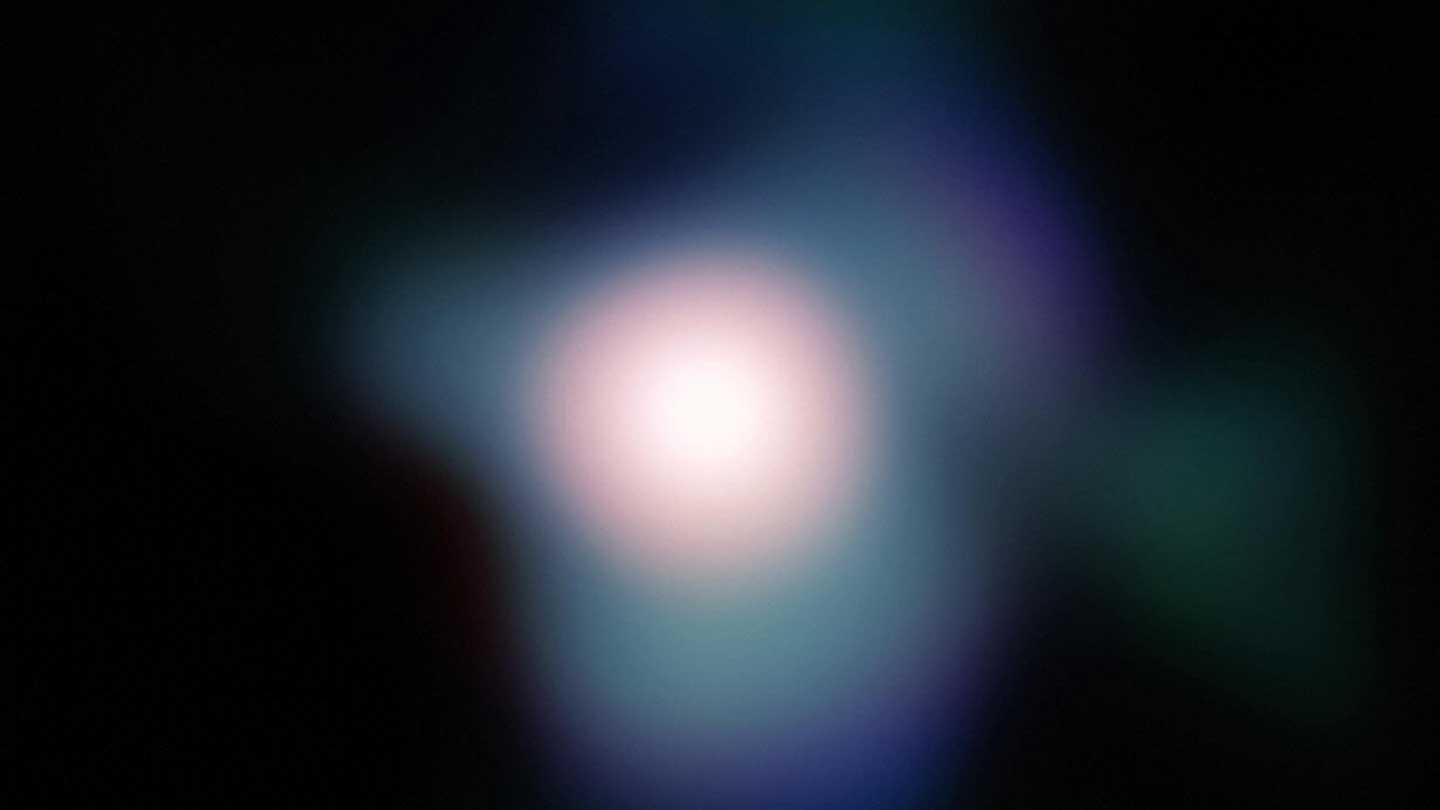50 years ago, astronomers saw the surface of a distant star for the first time

Surface features of a distant star — Science News, December 21, 1974 & December 28, 1974
Thanks to high-speed photography and modern data processing, [astronomers] are beginning to be able to suppress the effects of [a star] twinkling…. The star involved is one of the most prominent in the sky, big, red Betelgeuse.… What was found are large-scale hot and cold regions, that may be convection currents in the star’s atmosphere.
Update
Powerful ground- and space-based telescopes have since let scientists observe the surfaces of giant stars in the Milky Way, including Betelgeuse and R Doradus, in even greater detail. Those observations confirmed that surface spots are related to convection, bubbles of hot and cold gas rising and sinking in a star’s atmosphere (SN: 09/16/24). In November, scientists reported the first close-up image of a star outside of our galaxy (SN: 11/21/24). Using the Very Large Telescope in Chile, astronomers spotted a star puffing out dust and gas in the Large Magellanic Cloud — a small galaxy that orbits our own. That suggests the star, named WOH G64, may be dying.
Source link

